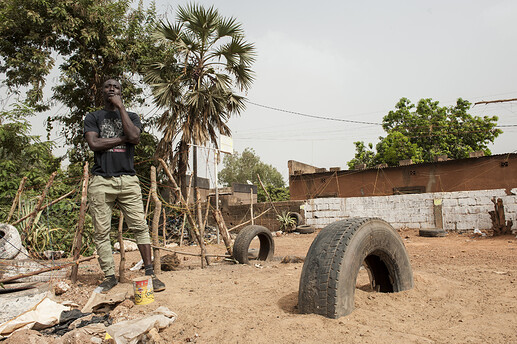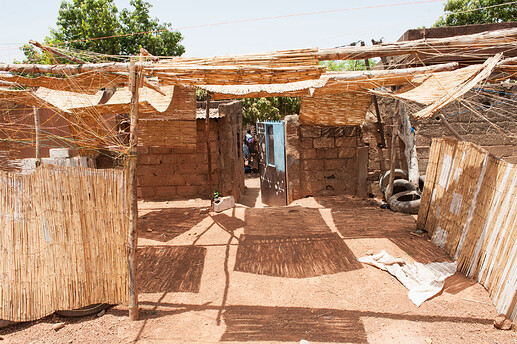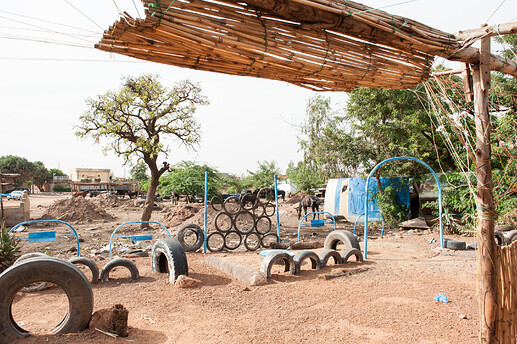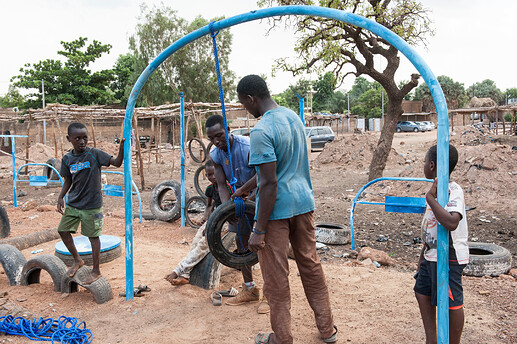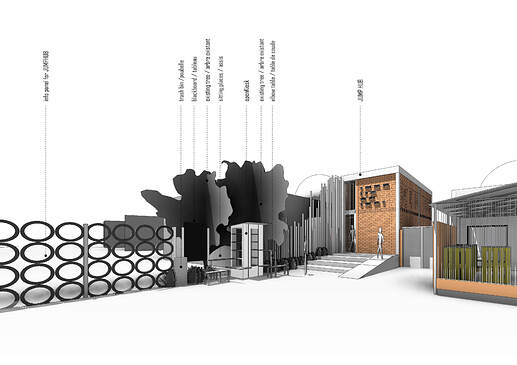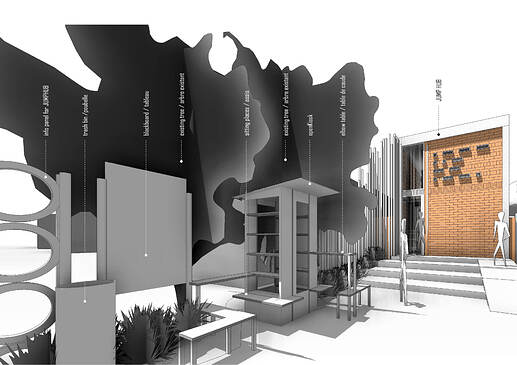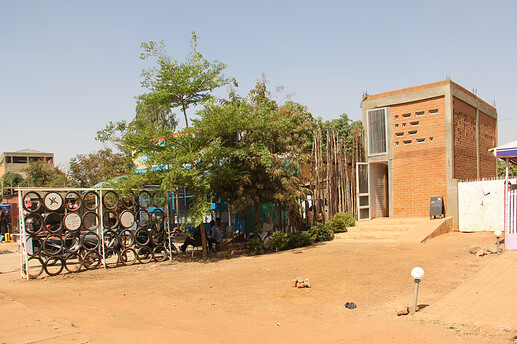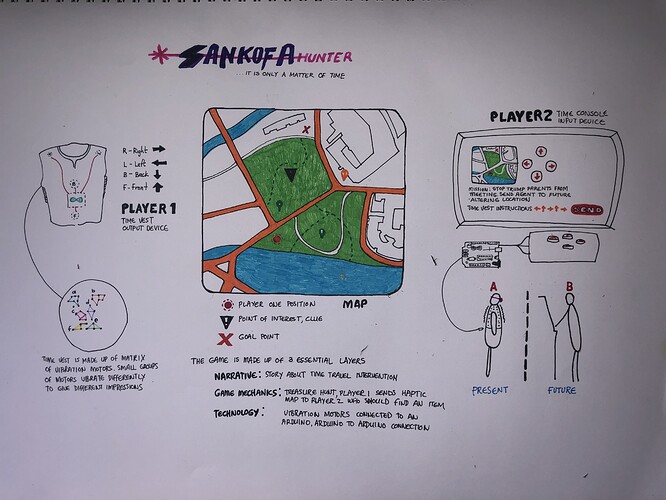Hello!
Thank you for your feedbacks!
@awhitney yes, the upper plates are necessary - they serve as shades (possibly it will be only the frame filled with some weaving)
@KyrAvram I see what you mean - in the context of pictures I showed last time from the flooded area, it seems like a nonsense, but in the context of the “dry” Pocket Park where we try to experiment some low cost shelters, sittings, swings, I believe it will find its use
what we were thinking is to put it maybe 40m further in front of the JUMP HUB Jump Hub / Jakub Cigler Architekti + Unlimited Jakub Cigler Architekti | ArchDaily
where we actually wanted to installed some simple system of benches and reading cabinet. But maybe we will not do the reading cabinet and we might do those poles instead - this place wuld be more exposed to the public, there is asphalt road just next to it…
There is an empty space now - so we will see. If we put it into the park, we would put at least one pole in front of the JUMP HUB, as kind of “degustation” - those two places are not far away from each other…
Thank you for very realistic comment.
Concerning the metagame, we expect that it will get invaded by children (and they will show us what nobody expected), but we would like to keep the design as accessible, so that even passersby would like to sit on to rest when they wait for someone or something… Still thinking…
@LizzieH thank you for amazing examples, we will keep them for upcoming workshops where people form th eneighborhood will design their structures and we might show it to them as case studies from the islands. Thank ou very much for the rotation structures! The same thank you goes to @matteo_uguzzoni thank you for mechanic details. We will try to develop something robust here, as you say, it might be very quickly affected by users, its excentred by the design and we should be sure it will not get inclined. We will try to vary the heights more so that it doesnt provoke collisions
Thank you everybody - keep testing the spinning if you find a playground with the spinning poles 
Have a great weeekend
